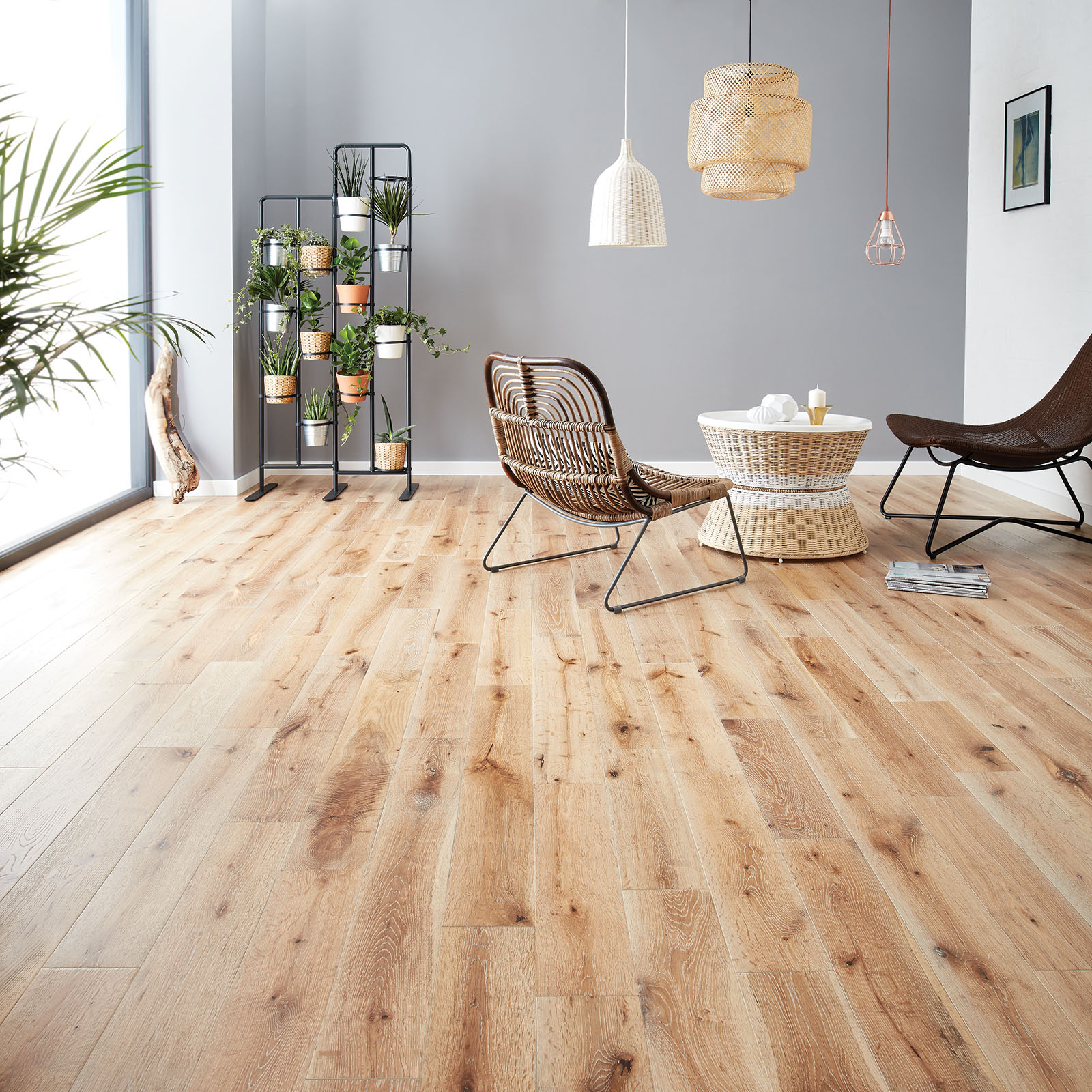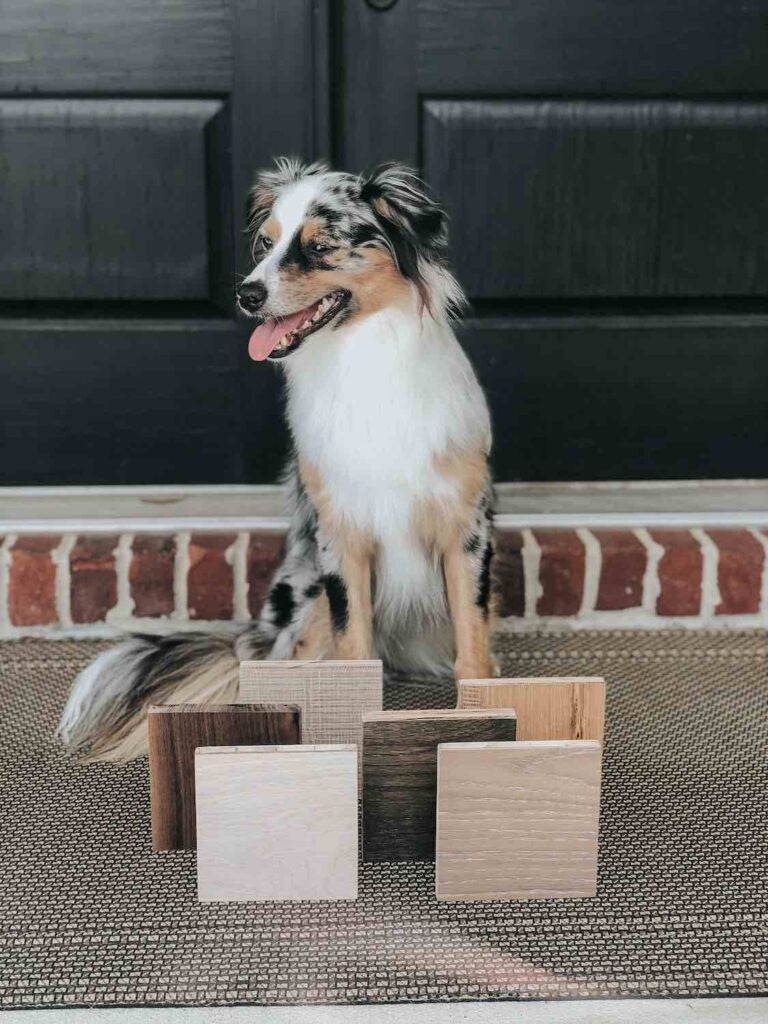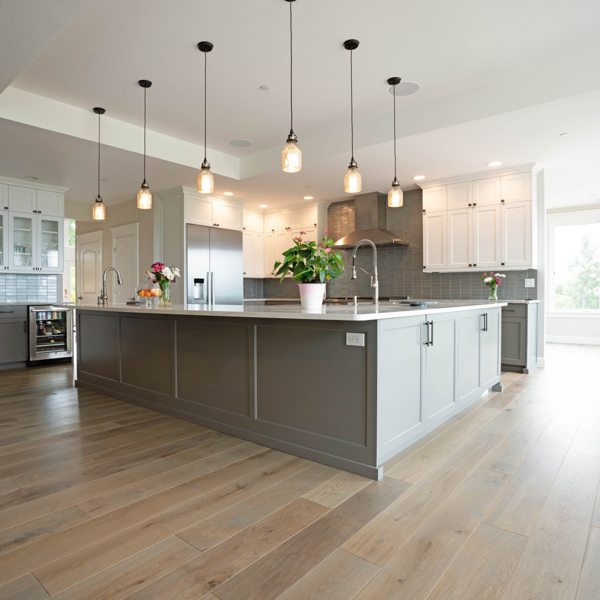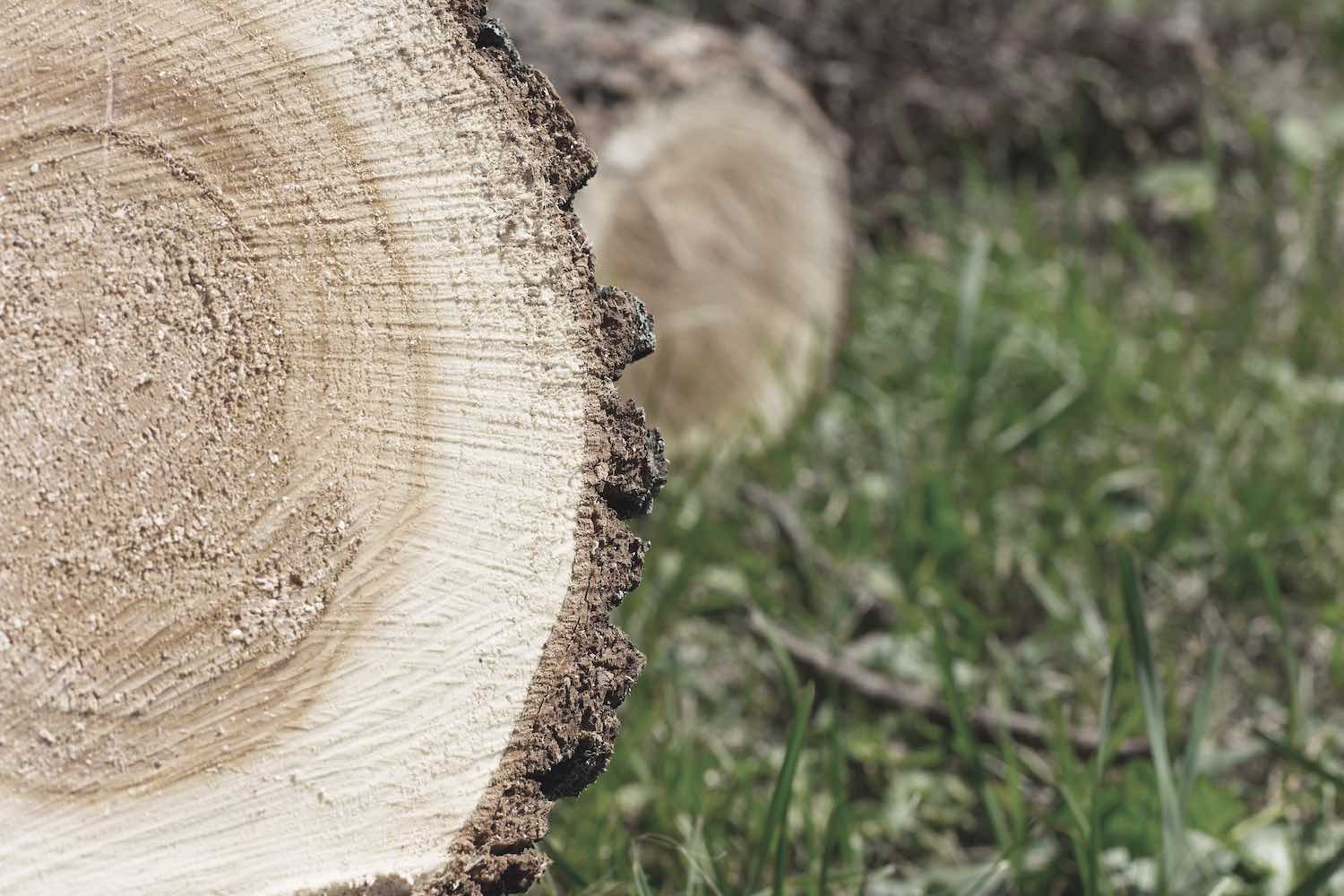4 things you need to know before buying a hardwood floor

Considering a hardwood floor? Before committing, there are a few things that are worth being cognizant of.
SAMPLES

Samples are only a representation. Sometimes, you may not always get a sample that represents 90% of what your floor would actually look like. If the manufacturer has images, these and the sample product can give you a better idea of what the floor will look like laid out.
There are some natural aspects of wood that, depending on what you are looking for, you can either choose to hate it or love it. With wood flooring, each plank is a new canvas, new details and knots are shown on the surface making each plank unique.
WOOD GRADES



Wood grades are categories created to classify boards depending on the level of detail. We have broken it down into the three main categories:
Select: Select boards come with only a few knots and they are small in size.
Rustic: These types of floors have more character. Distinctive large knots with dark streaks are among the most common features on their boards.
Extra rustic: Distinctive large knots, cracks, splits, dents and a lot of texture can be found on these boards.
COLOR VARIATION

Just as each tree in nature is unique and varied, so is each board that is used in creating our beautiful flooring. Every single tree has its own story, history, and details.

Color variation that is found in wood flooring originates naturally due to the presence of sapwood in the tree. Sapwood is the younger outermost part of the trunk and it can be distinguished by the lighter color. The majority of wood flooring is made by the inner part of the trunk called heartwood and more intense color variation can be found where sapwood is present in the wood. Take into account that color variation is more noticeable on floors that has been through the smoked process.
To avoid evident patches of the same color, it is important to consider color variation when the installation takes place. Remember, opening the boxes and mixing the planks to get a good color variety and avoid contrasting shades is always recommended.
KNOTS

Knots are an interesting piece of art in a plank. They are the result when a branch grows out of the trunk. In flooring, there are 2 kinds of knots, a dead knot and a live knot. A dead knot is where the core of the knot has fallen out or been removed, and then filled with epoxy. Live knots, on the other hand, the core remains on the board. All grades contain both types of knots.
All these natural features make wood flooring truly unique so when you choose the perfect floor for your needs, keep in mind that wood flooring is not perfect and that’s what it makes it so stunning and gorgeous. Knots, color variation, and texture make each plank have its own fingerprint.

